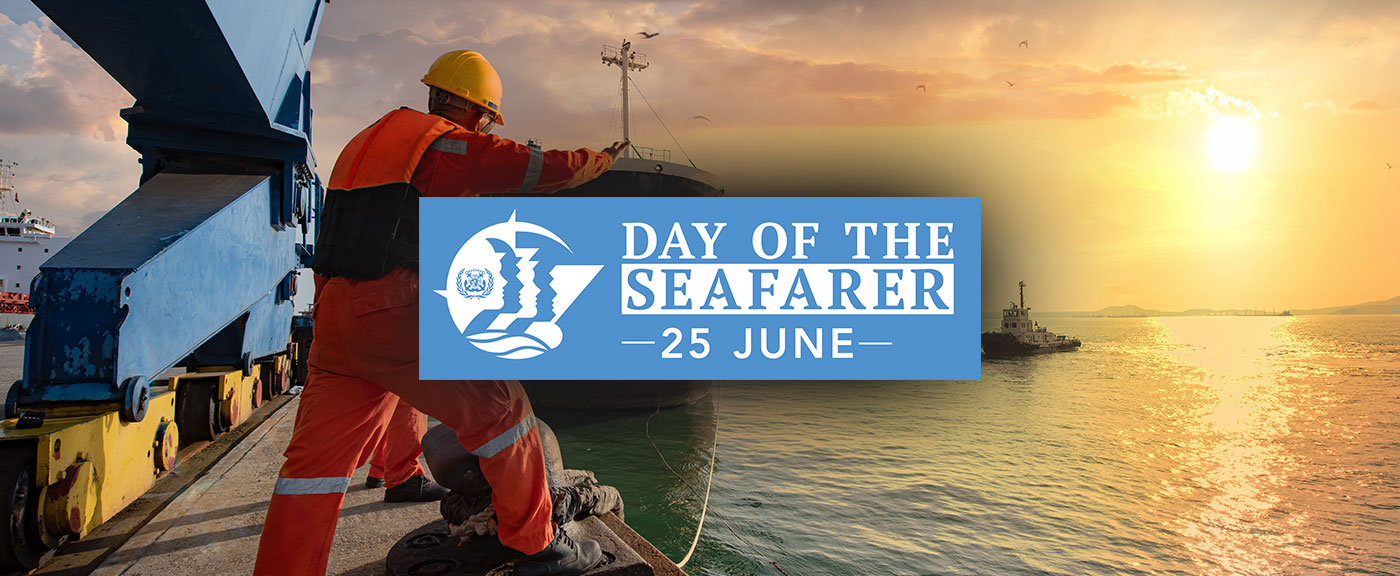Sustained growth in the world fleet of merchant ships is a positive backdrop for employment of shipping professionals. And further enlargement is likely, although signs point to a slowing expansion rate.
But this broad view masks varying changes among the fleets of the main vessel types – bulk carriers, tankers, container ships and gas carriers. These ships comprise over 90% of the entire carrying capacity, transporting a wide variety of dry and liquid bulk commodities and manufactured goods around the world.
Building today’s fleet
Looking at statistics for merchant ship fleet growth, it soon becomes clear that expansion has been remarkably steady. During the past five years, the average annual growth rate was 3.2%, following a 3.4% average in the previous five years. This pace enabled the capacity to grow by almost two-fifths, from 1639 million deadweight tonnes at end-2012 to 2265m dwt at end-2022, according to Clarksons Research data.
On closer examination of the figures for different vessel types, some contrasts are evident. Bulk carriers, the biggest world fleet segment, saw 3.4% average growth in the past five years, after a 3.5% average in the previous period, quite similar to the overall merchant fleet averages. For tankers – the second largest segment – the corresponding averages were 3.0% and 3.3%, also in line with overall progress. In the container ship segment, average growth rates for the past five and previous five years were quicker at 3.7% and 4.2%. By contrast LNG carriers saw much faster 7.7% and 6.9% averages.
This data confirms what many people in the industry have been aware of, that the LNG carrier fleet was growing rapidly, while container fleet expansion was also quite brisk. Another feature is more moderate growth in the past five years compared with the previous period, except for LNG carriers where an already fast expansion rate accelerated.
What is predictable tomorrow?
A tendency towards slowing fleet expansion seems to be a realistic outlook for the next two years, based on expected inflows and outflows of ships. This expectation is partly based on current relatively low shipyard orderbooks for newbuildings. Prospects for scrapping, which diminished in the past few years, are much more difficult to assess.
The overall world orderbook currently remains equivalent to only 10% of the existing merchant ship fleet, with many of the ships on order due for delivery this year or next. One notable exception is container ships, numerous newbuildings having been ordered during the recent boom period, resulting in a current orderbook equivalent to 26% of the existing fleet. For LNG carriers, where there are expectations of fast future trade growth, the percentage is remarkably high at 52%.
Despite large orderbooks in a couple of segments, the general picture is one of restrained ordering. Likewise sales for recycling have been restrained. These outcomes are partly explained by charter and second-hand market trends, resulting in freight rates, vessel prices and market expectations that provided insufficient incentives to order more new tonnage. Market trends were solid enough to support employment of existing ships.
There is huge uncertainty about shipping market prospects. An especially large aspect causing much anxiety, because it is so puzzling, is how to tackle the drastic carbon emissions reduction that the industry is under pressure to achieve. It seems clear that the conundrum, of what alternative fuels and technology to adopt, has limited both newbuilding orders and scrapping. Until a clearer route towards decarbonisation emerges many shipowners seem inclined to prolong the lives of older ships.
Nevertheless it is widely predicted that recycling sales will pick up over the next couple of years. An acceleration could be greatly influenced by the tightening of carbon emissions regulations starting at the beginning of this year. Potentially a large number of older ships unable to comply with the new EEXI and CII rules, the impact of which will become more evident in 2024, will be scrapped. This expectation reinforces the idea of decelerating merchant fleet enlargement unfolding.
Article written by Richard Scott FICS Committee Member, London & South East Branch, Institute of Chartered Shipbrokers



